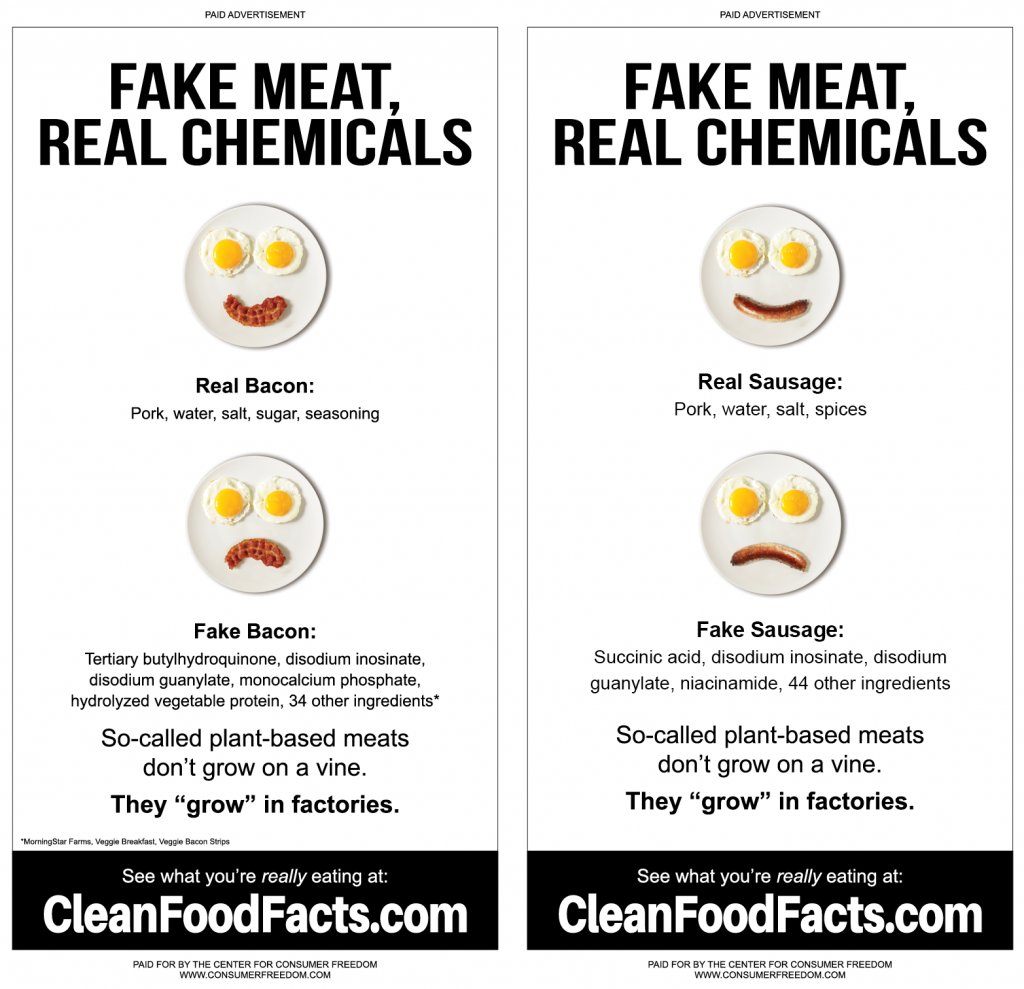We’ve debunked several persistent misunderstandings about high fructose corn syrup, like the unfounded notion that scientific studies of pure fructose are relevant to high fructose corn syrup in the human diet. But some people still continue to confuse the two sugars. One over-the-top article in London’s Sunday Times is a good example. The usually reliable UK broadsheet repeated the baseless myth that high fructose corn syrup is uniquely responsible for rising obesity rates. (It’s not.)
Kudos to blogger Dan Mitchell at The Big Money for pointing out the scientific illiteracy and explaining the difference between (1) fructose and (2) high fructose corn syrup. We don’t necessarily agree with his conclusions, but the sugary clarification is sweet enough.
High fructose corn syrup is not even “high” in fructose. It generally contains either 42 or 55 percent fructose, with the rest being glucose. Sucrose (table sugar), on the other hand, is a 50/50 mix of fructose and glucose. The similarity in composition of these two sweeteners is the main reason the American Medical Association concludes that the human body treats high fructose corn sugar and table sugar the same way.
Even Dr. Kimber Stanhope, the co-author of a recent scientific investigation of pure fructose, has chimed in to voice her displeasure at the confusion created by the Sunday Times article, writing that “almost every sentence” in the piece had an error. As she states plainly, high fructose corn syrup and pure fructose “are not the same thing.” (And pure fructose isn’t even used as a food or beverage sweetener.)
Let’s hope this is the last time we have to correct someone’s fructose mistakes. But in case it’s not, we’ll be on the watch. And for more debunking of sticky sweetener myths, be sure to visit our “SweetScam” website.




